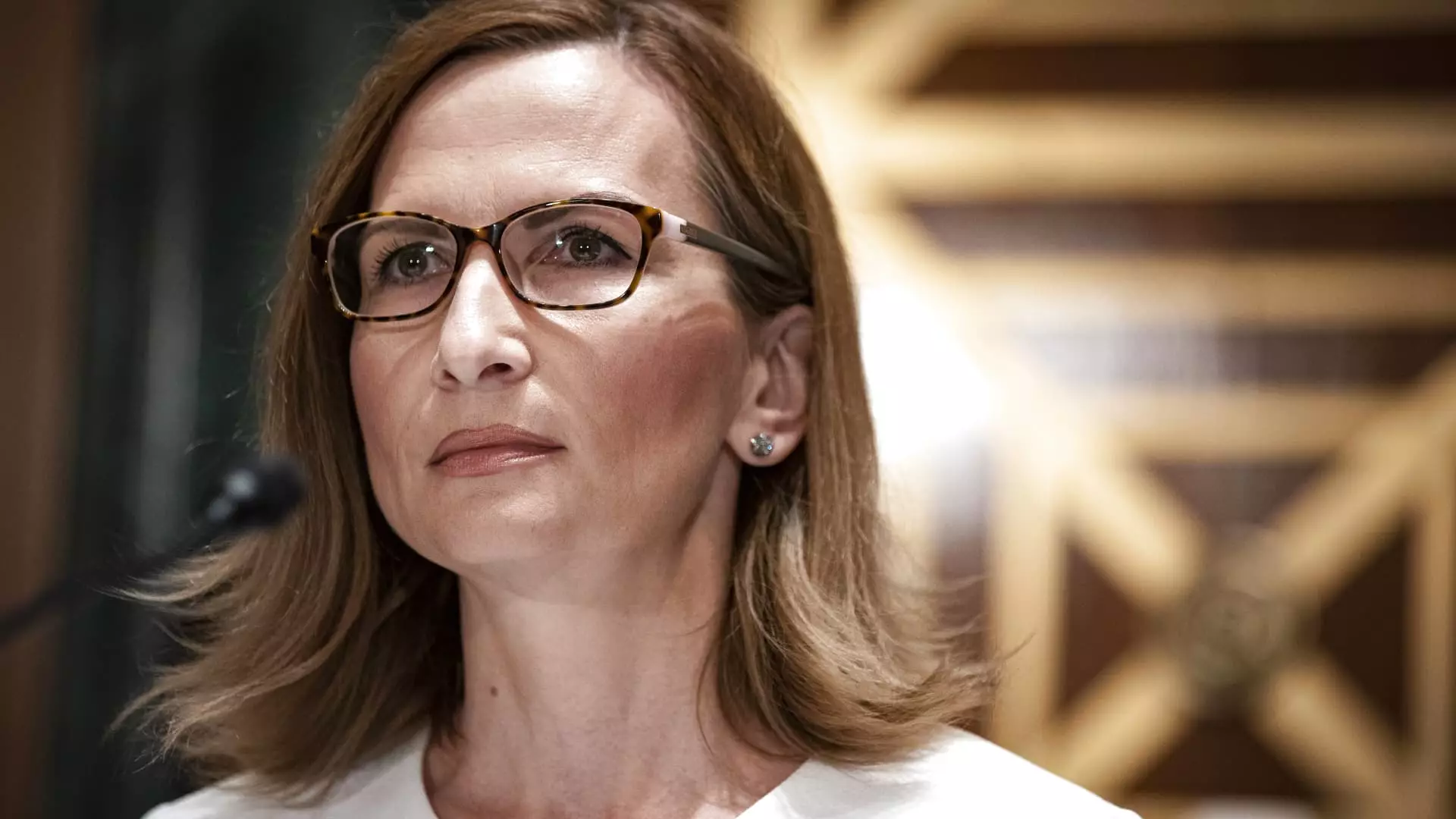The recent report filed by the court-appointed trustee in the Synapse bankruptcy case has revealed a shocking $85 million shortfall between what partner banks of fintech middleman Synapse are holding and what depositors are owed. This significant gap has plunged more than 100,000 customers into a state of uncertainty and financial distress. While customers of fintech firms that used Synapse had a total of $265 million in balances, the banks only had $180 million associated with those accounts. This revelation lies at the heart of what is being described as the worst meltdown in the U.S. fintech sector since the aftermath of the 2008 financial crisis.
The missing funds have triggered a wave of accusations and disputes between Synapse, its partner banks, and various fintech companies. Accusations of improperly moving balances and inaccurate record-keeping have been rampant in court filings. The trustee, Jelena McWilliams, has been tasked with reconciling the ledgers of four banks involved in the debacle – Evolve Bank & Trust, American Bank, AMG National Trust, and Lineage Bank. The complexity of the situation is further exacerbated by the apparent commingling of funds among multiple institutions, as well as the unclear circumstances surrounding the disappearance of the missing funds.
McWilliams’ report highlights the challenges she faces in untangling this financial mess. The lack of funds to pay external forensics firms or former Synapse employees has further complicated the process. Despite these obstacles, some customers with demand deposit accounts have started regaining access to their funds. However, those whose funds were pooled in FBO accounts face a longer road to recovery. McWilliams outlines several options for Judge Martin Barash to consider in order to facilitate the release of funds to affected customers.
At a recent public hearing, McWilliams recommended that all FBO customers receive partial payments to mitigate the impact of the crisis on end-users waiting for access to their funds. However, Judge Barash expressed uncertainty about the court’s role in resolving the situation. The unique circumstances of the case and the complex nature of the depositors’ funds make it challenging to determine a clear path forward. The judge’s remarks underscore the unprecedented nature of the crisis and the limitations of legal interventions in such matters.
The Synapse bankruptcy crisis has exposed vulnerabilities and shortcomings in the fintech sector. The case serves as a stark reminder of the importance of transparency, accountability, and regulatory oversight in safeguarding the interests of depositors and customers. As the stakeholders involved continue to grapple with the fallout of this unprecedented event, the need for greater vigilance and regulatory scrutiny in the fintech industry has never been more apparent.

